Market
5 Artists to Watch During Warsaw Gallery Weekend, Which Unfolds Against the Backdrop of a General Election
There is a strong feminist mood in the galleries this fall.
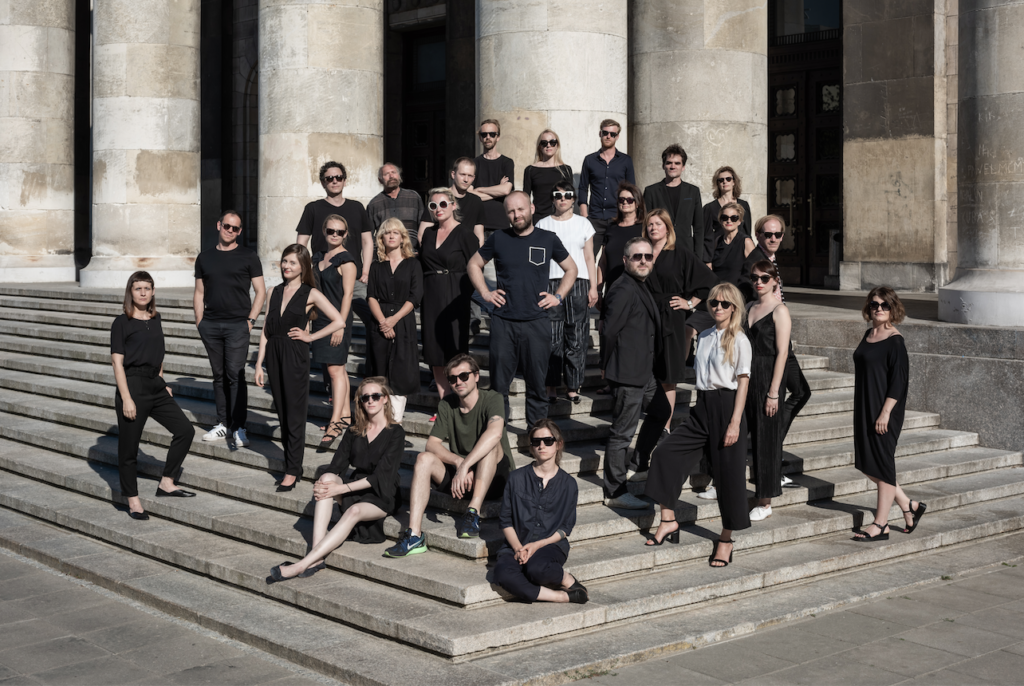
There is a strong feminist mood in the galleries this fall.

Hili Perlson

Warsaw Gallery Weekend returns as a general election looms in Poland.
The country’s ruling right-wing party has been ramping up its rhetoric against groups it deems a threat to family values, and artists are in a defiant, but anxious, mood. The shadow cast by the rise of nationalist populism is reflected in many of the works on show at the more than 20 galleries taking part across the Polish capital.
Since 2011, Warsaw galleries have banded together to host a weekend of coordinated openings based on a successful model developed in Berlin. The 2019 edition in Poland, which kicks off on Friday, September 20, is upping the ante in an attempt to make the city a leading hub in Central Europe for edgy art. The three-day event will include an inaugural “summit” aimed at Central and Eastern European collectors. The Polish capital’s vibrant gallery scene means there is no shortage of exciting discoveries to be made—a fact that attracts international curators and a handful of major collectors.
The many gallery shows also provide international visitors an opportunity to experience how artists are responding to Poland’s conservative government. (In April, Poles held a “banana” protest outside the National Museum in Warsaw after the removal of feminist works, including Consumer Ar by the Polish artist Natalia LL. The museum’s director is reported to have said the feminist pioneer’s work, which shows young female models eating bananas and ice cream in a suggestive way, was too “disturbing” for younger visitors.)
Here are five artists to check out this weekend in Warsaw.
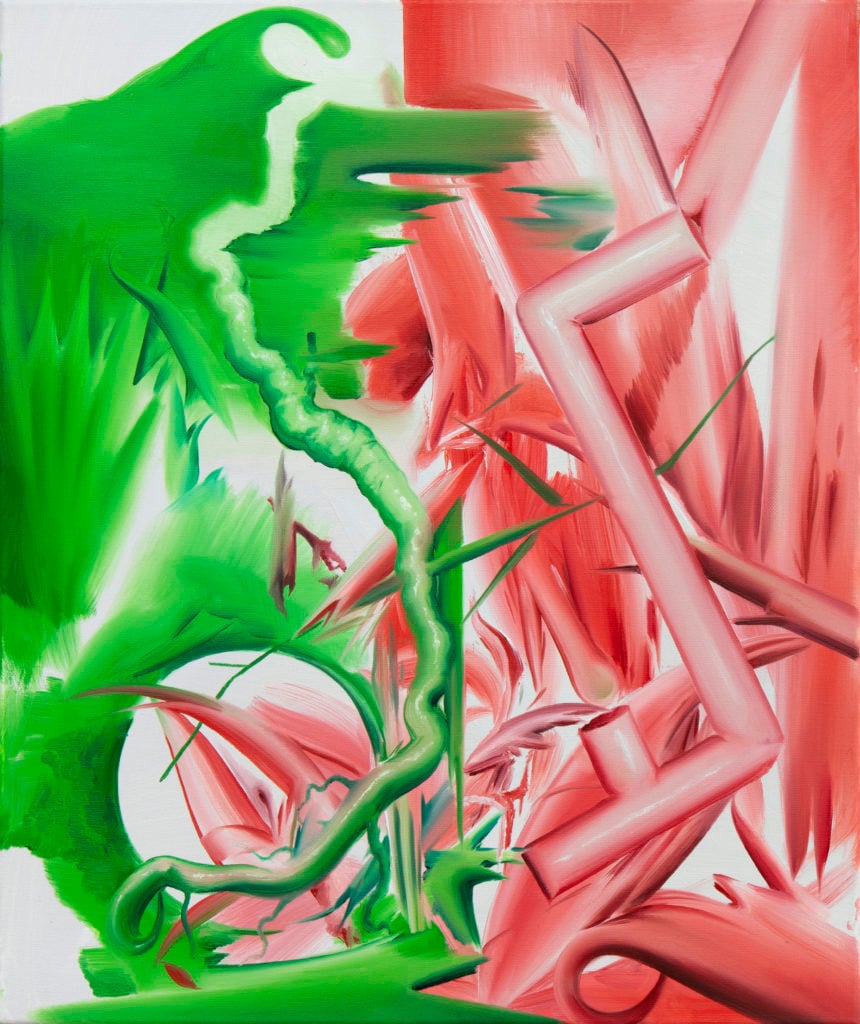
Kamil Kukla, 19ROD (2019). Courtesy of the artist and m² Gallery
In his tongue-in-cheek exhibition text, the Krakow-based visual artist and musician Kamil Kukla (born 1989) describes being overcome by a vision that has pushed him to paint the series “The Patriotic Gland.” Unable to muster a warm reaction to the name “Poland”—which would render him a true patriot—he overcompensated. Just like “the most perverse sexual fantasies are created in the minds of the impotent,” he writes, his overactive imagination envisioned an organ inside his body from which streams of blind love to the homeland would spring. The oil paintings show entangled intestines and tubes growing around nationalistic emblems, such as the Axe and Eagle, which was used to mark non-Jewish shops in Poland in the 1930s.
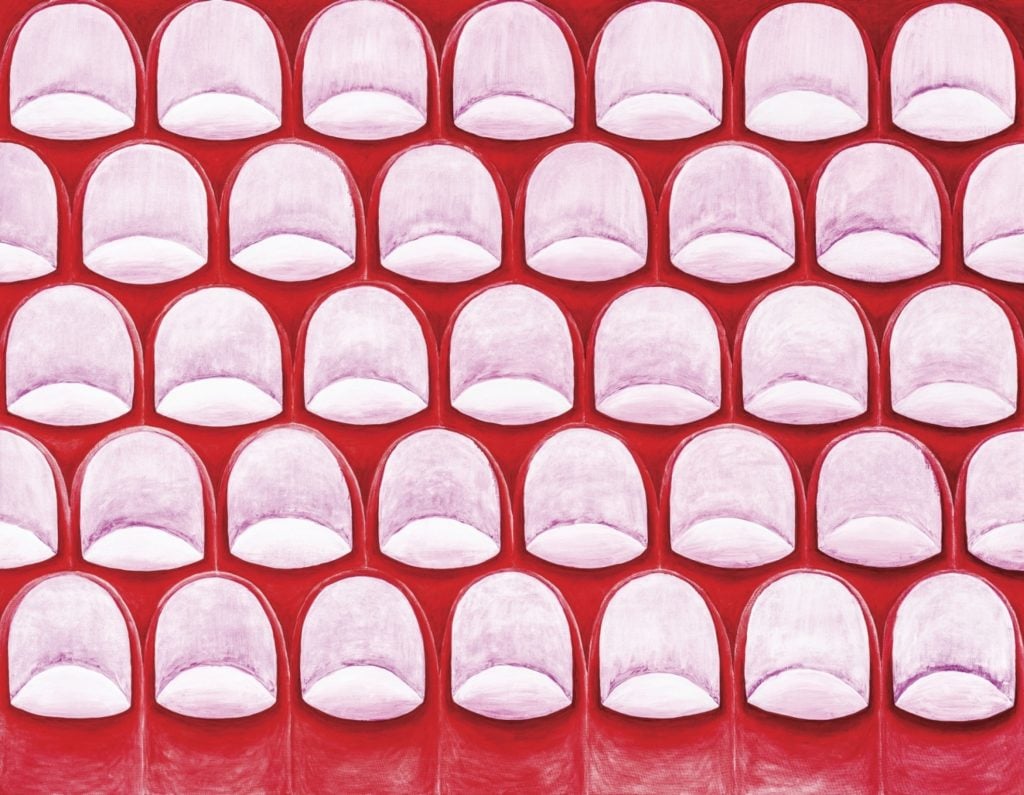
Irmina Staś, Ornament 133 (2019). Photo Norbert Piwowarczyk. Courtesy of the artist and Le Guern Gallery
The conceptual artist Irmina Staś (born 1986) is showing figurative watercolors and soft sculptures in an exhibition titled “Ornaments.” Bodily details, such as a round breast, a painted finger nail, or a pulled-out tooth, are repeated on her canvases like a pattern on wallpaper, blurring the lines between ornamentation and symbolic content. The textile objects meld fabrics, thread, and insulation materials to create tactile, corporal forms. The artist’s work conveys the rebellious, feminist spirit that inspires women to take to the streets to protest anti-abortion laws, and new legislation aimed at controlling women’s bodies.
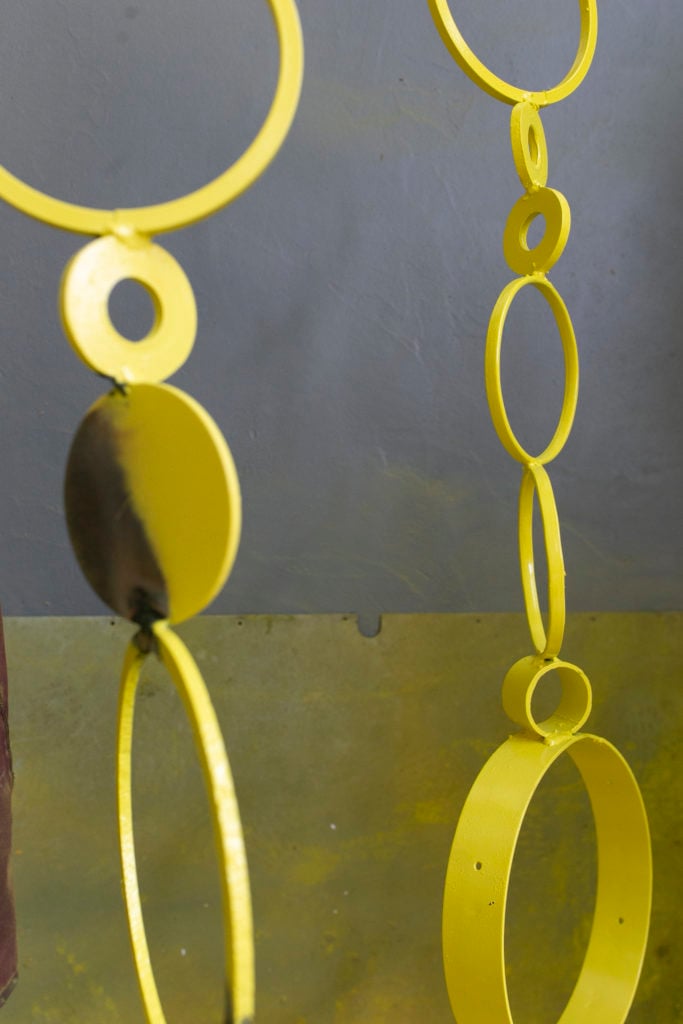
Zuza Golinska, Suns (2019). Courtesy of the artist and Piktogram.
This June, the Polish government was one of four European Union member states to veto an agreement on carbon neutrality goals. In the coal-dependent country, it is unlikely that the ruling PiS party will change its environmental tune. Zuza Golińska’s (born 1990) exhibition “Suns” is a sculptural contemplation of the future of the planet as an arid, waterless, and sun-baked place. Strings of linked metal spheres and loops are welded together and painted a bright yellow to form pieces that seem to sprout out of toxic soil. Golińska quotes the Polish science-fiction writer Stanislaw Lem’s Solaris in the exhibition text: “We have no need of other worlds. A single world of our own suffices us, but we can’t accept it for what it is.”
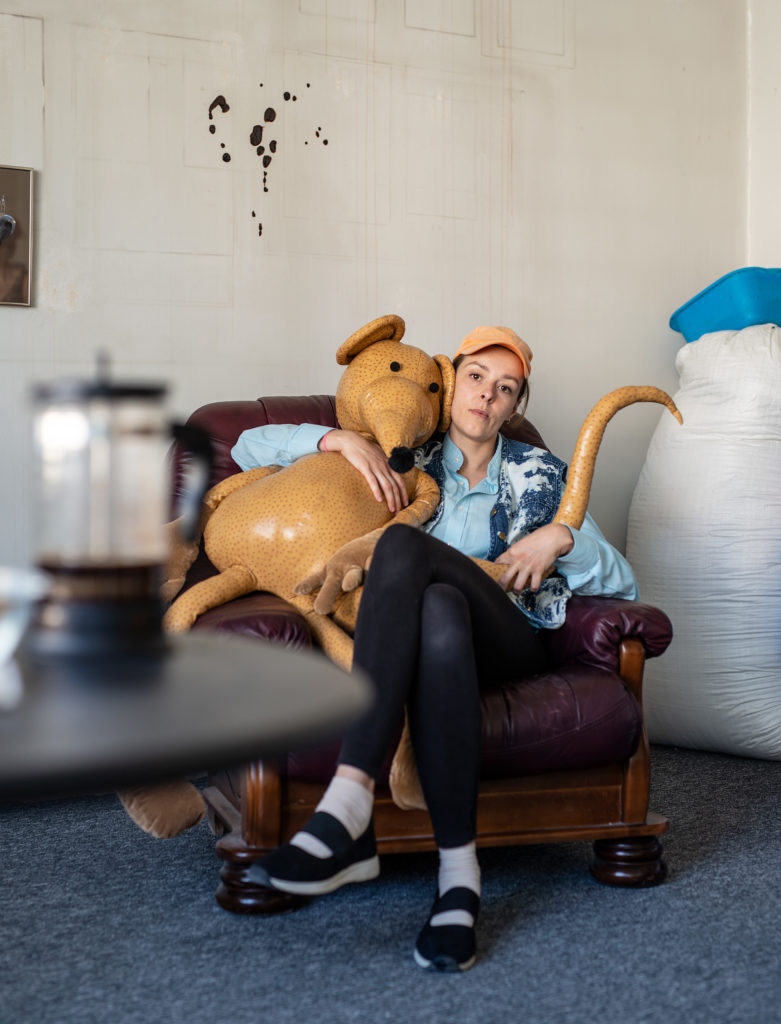
Portrait of Dominika Olszowy, courtesy of Raster Gallery.
The Polish artist Dominika Olszowy (born 1982) works across a variety of media. She often bases her work around domestic interiors and the aspirations and anxieties inherent in them. At Raster, she is creating a site-specific, stage-like set filled with her leather-furniture sculptures. Her surreal sculptures shown at the LISTE art fair in Basel this year, include functional water fountains bubbling out of leather handbags. The tension between the orgiastic eruptions and the sense of containment and restraint were poignant metaphors for the place of women in Polish society. Olszowy is the winner of this year’s Views award, given by Zachęta National Gallery of Art and Deutsche Bank to a rising Polish talent.
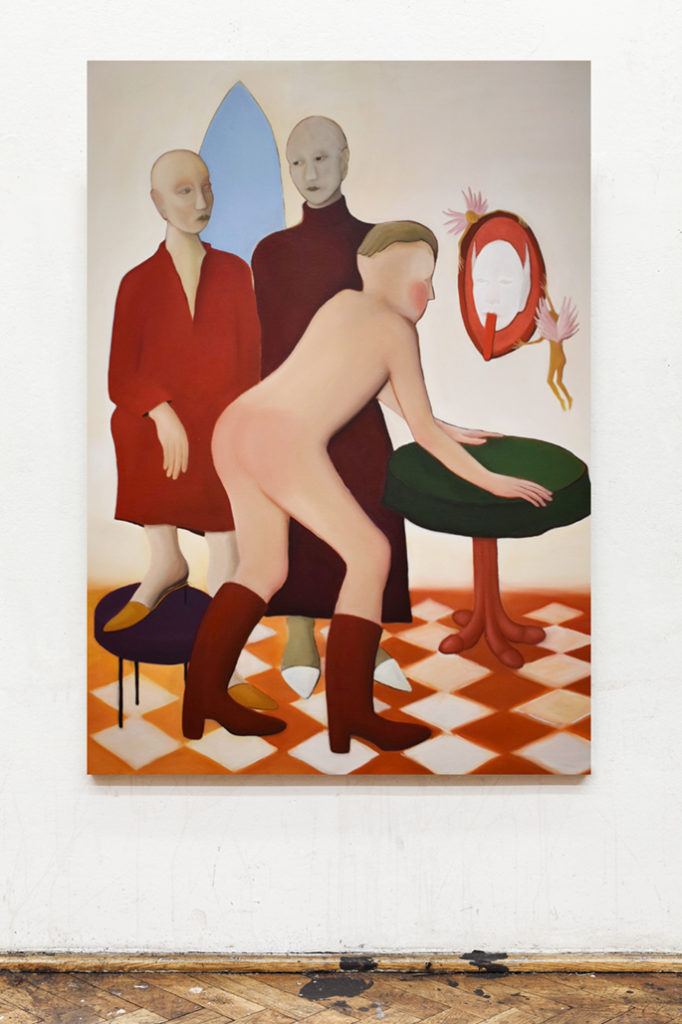
Joanna Wos, Untitled (2019).
Joanna Woś´s solo exhibition, “Nectar,” features paintings that grapple with themes of shame, repression, and sensuality. The works are steeped in symbolism derived from art history, with Balthus’s paintings perhaps a key reference point. There is a dualism in the mysterious, psycho-sexual scenes and hairless figures in her canvases. Her latest works explore the idea that humans possess two or more souls: one associated with the body and its functions, the other free to journey and escape the body.
Warsaw Gallery Weekend runs September 20 through September 22, 2019, various venues, Warsaw.